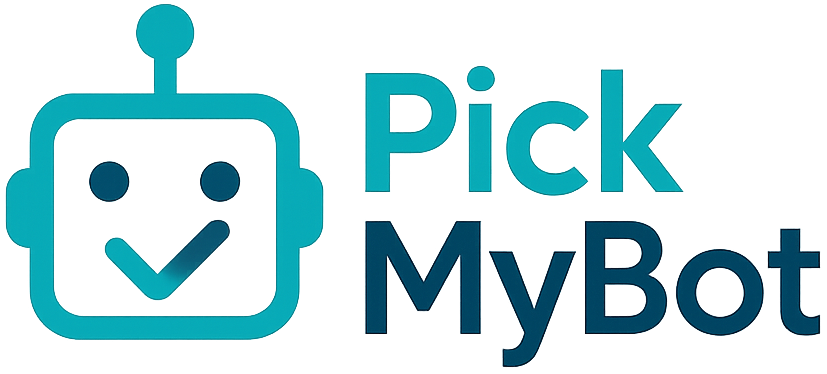

SPM is designed for the construction and assessment of spatially extended statistical processes. It provides a framework for analyzing brain imaging data, enabling researchers to visualize and interpret complex results.
Key features
- Supports various neuroimaging modalities.
- Offers advanced statistical tools for hypothesis testing.
- User-friendly interface for data visualization.
- Extensive documentation and community support.
- Compatible with multiple operating systems.
Pros
- Free to use, making it accessible for researchers.
- Widely recognized and trusted in the scientific community.
- Regular updates and improvements based on user feedback.
- Comprehensive tools for analyzing complex brain imaging data.
Cons
- Steeper learning curve for new users.
- Limited export options for certain data formats.
- Performance may lag with very large datasets.
